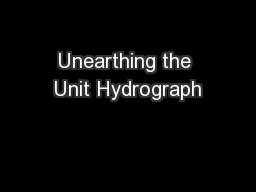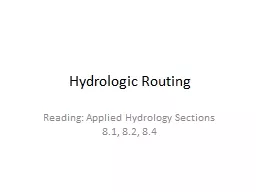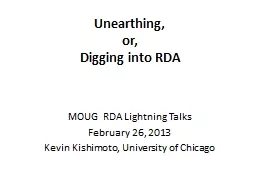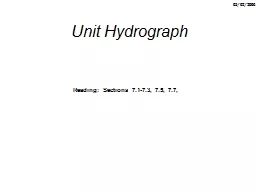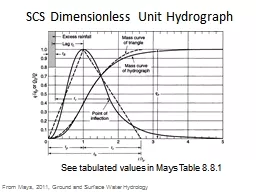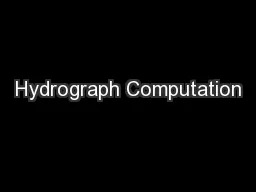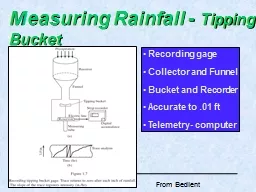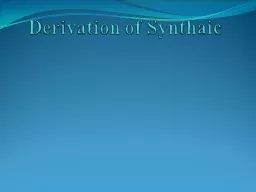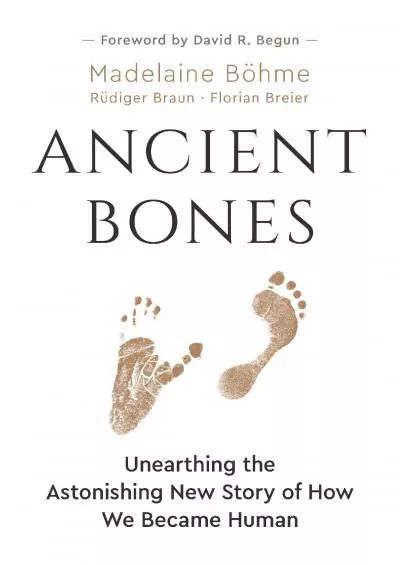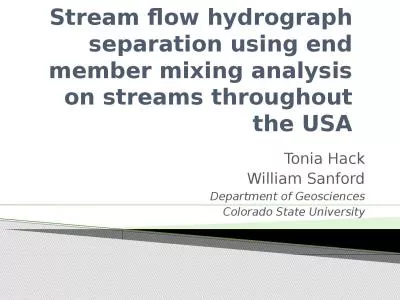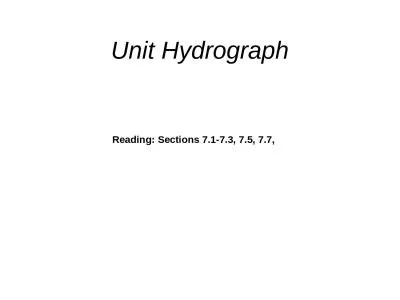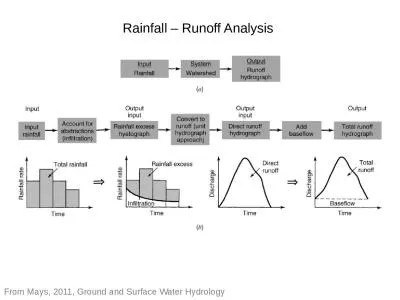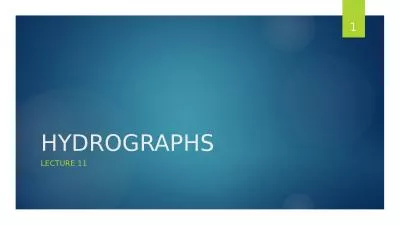PPT-Unearthing the Unit Hydrograph
Author : natalia-silvester | Published Date : 2017-04-11
Rami Harfouch Surface Water Hydrology University of Texas at Austin April 2010 Peak flows flood applications channels design Rationale method QC i A Hydrograph
Presentation Embed Code
Download Presentation
Download Presentation The PPT/PDF document "Unearthing the Unit Hydrograph" is the property of its rightful owner. Permission is granted to download and print the materials on this website for personal, non-commercial use only, and to display it on your personal computer provided you do not modify the materials and that you retain all copyright notices contained in the materials. By downloading content from our website, you accept the terms of this agreement.
Unearthing the Unit Hydrograph: Transcript
Download Rules Of Document
"Unearthing the Unit Hydrograph"The content belongs to its owner. You may download and print it for personal use, without modification, and keep all copyright notices. By downloading, you agree to these terms.
Related Documents

